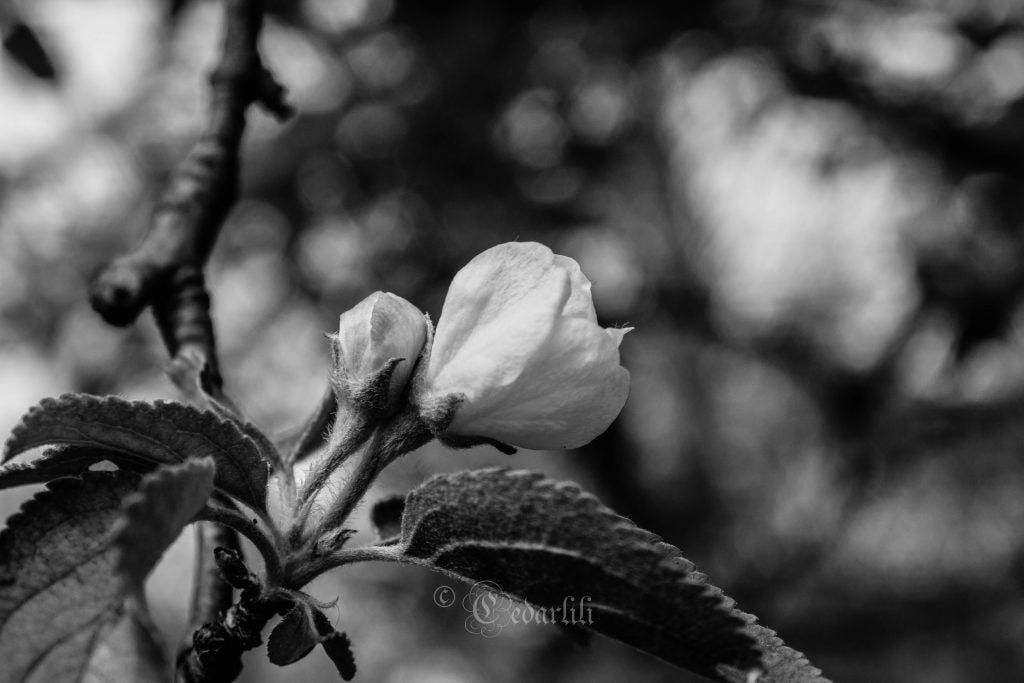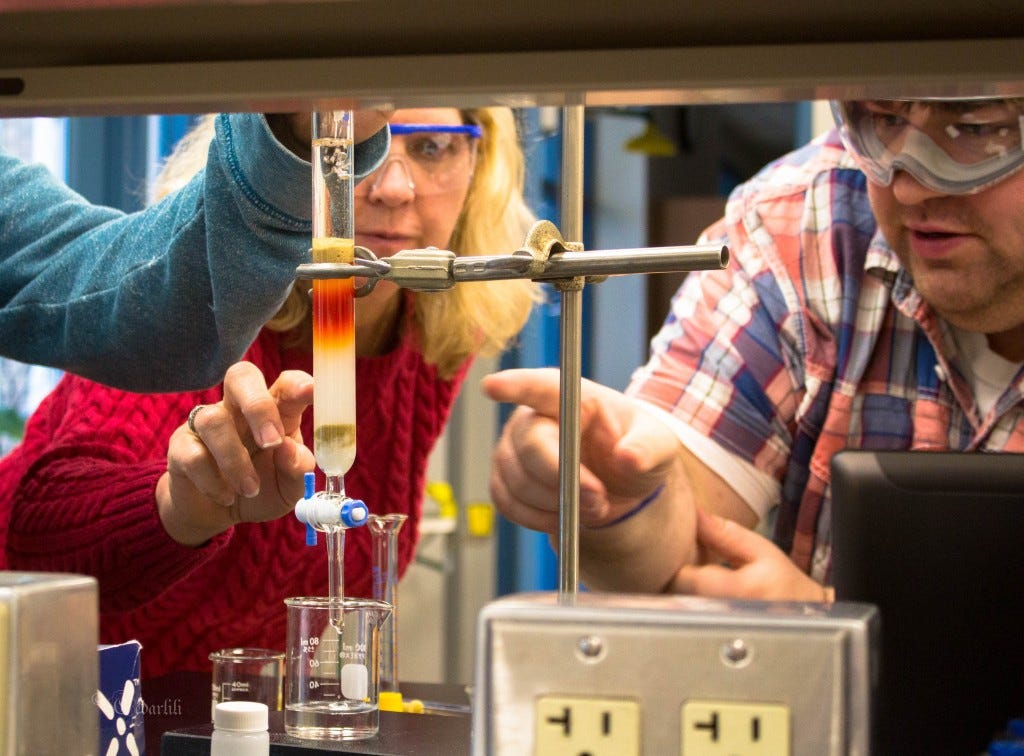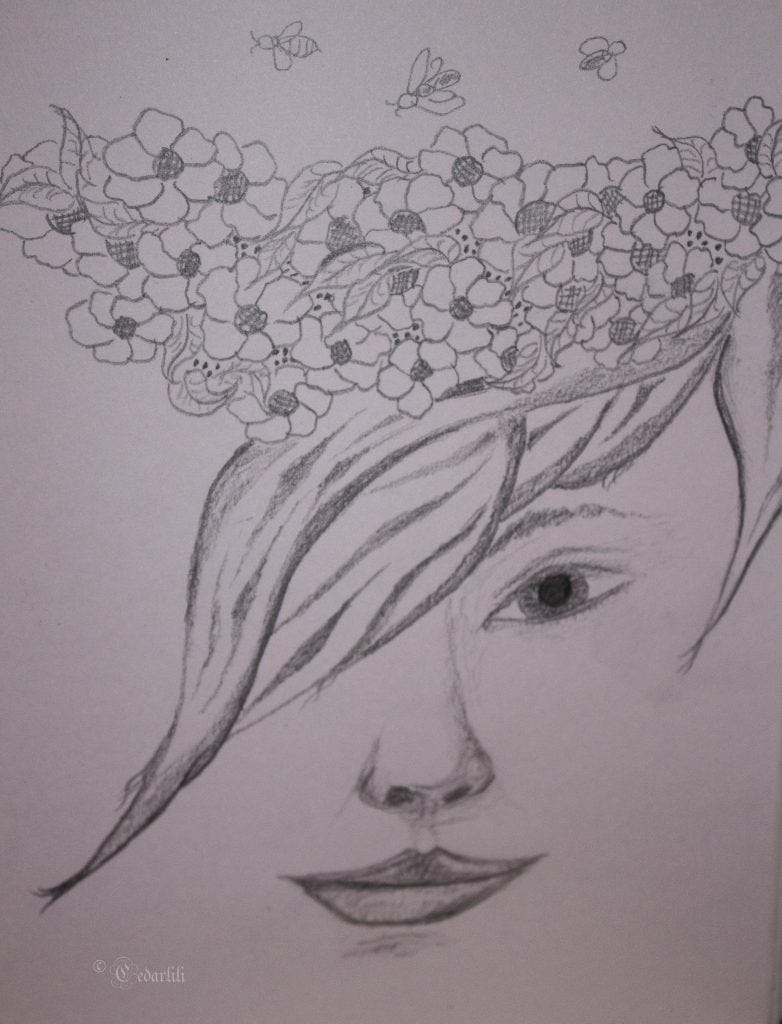Drawing, photos, and other artistic endeavours
Drawing class is going well. We're working on tonal qualities, and charcoal, things that I haven't really put too much thought into previously. Turns out that using powdered charcoal and reductive methods is difficult, gloriously messy, and not something I'm likely to master anytime soon. I'll stick to graphite as being easier and more accessible. I've gotten to the point where I'm carrying several drawing kits with me. I kept shuffling my pencils from bag to bag and after forgetting my good eraser (which left me with only a vintage gum eraser in class one day) I got frustrated and made up a kit for each school bag. I don't carry my big backpack every day, only when I must.
But I am rambling. With the work in progress, we're paying attention to the negative spaces as much as the positive. With practice, I'm finding that it translates into the photography, as well. I was taking a series of photos for a contest on DeviantArt, part of the weekly series hosted by CRPhotography, and the limit was to shoot flowers in black and white. By removing the color, I suddenly became very aware of that negative space behind the flower. The bits that are in the picture, but not usually seen.

The negative space here is everything beyond the flower and leaves. By reducing the depth of field and keeping that background blurry, clutter is reduced and the focal object is emphasized.
If there is too much going on in that negative space, it draws the eye away from the main focal point of the composition. Painting, drawing, or photography, it's a central part of what makes an image look good: less background clutter. I'd been challenged to shoot with f11 recently, and have found that doing that does help. For those who are wondering, that's a setting which controls the size of the aperture allowing light into the camera, and the bigger the f-number, the less light that gets in. There's a good article on it here. For me, since the whole point of working with this camera is to learn how to use it best, and with the most control, I've been trying different settings to 'see what happens' and have been delighted at times with the results.

The action isn't always in the foreground. Here, I'm shooting under a shelf across a lab bench to catch the action in a chemistry lab.
There are plenty of failures. Fortunately, with digital this isn't expensive, not even in terms of time. I don't always have time to sit and edit photos, but as I get better with the camera, they need less editing. Other things I have learned? a 64gb memory card says 'full' at 59 gb, and holds about 2500 RAW files. Drawing class doesn't help my ability to draw a hexagon on the fly. The First Reader pointed at a sketch I'd made, a doodle in class, and told me he can already see the improvement in my skills.

The sketch he liked, and sees my improvement in. I see that I still can't do symmetry, so I work around it!

I still can't draw a perfect hexagon without a ruler!




